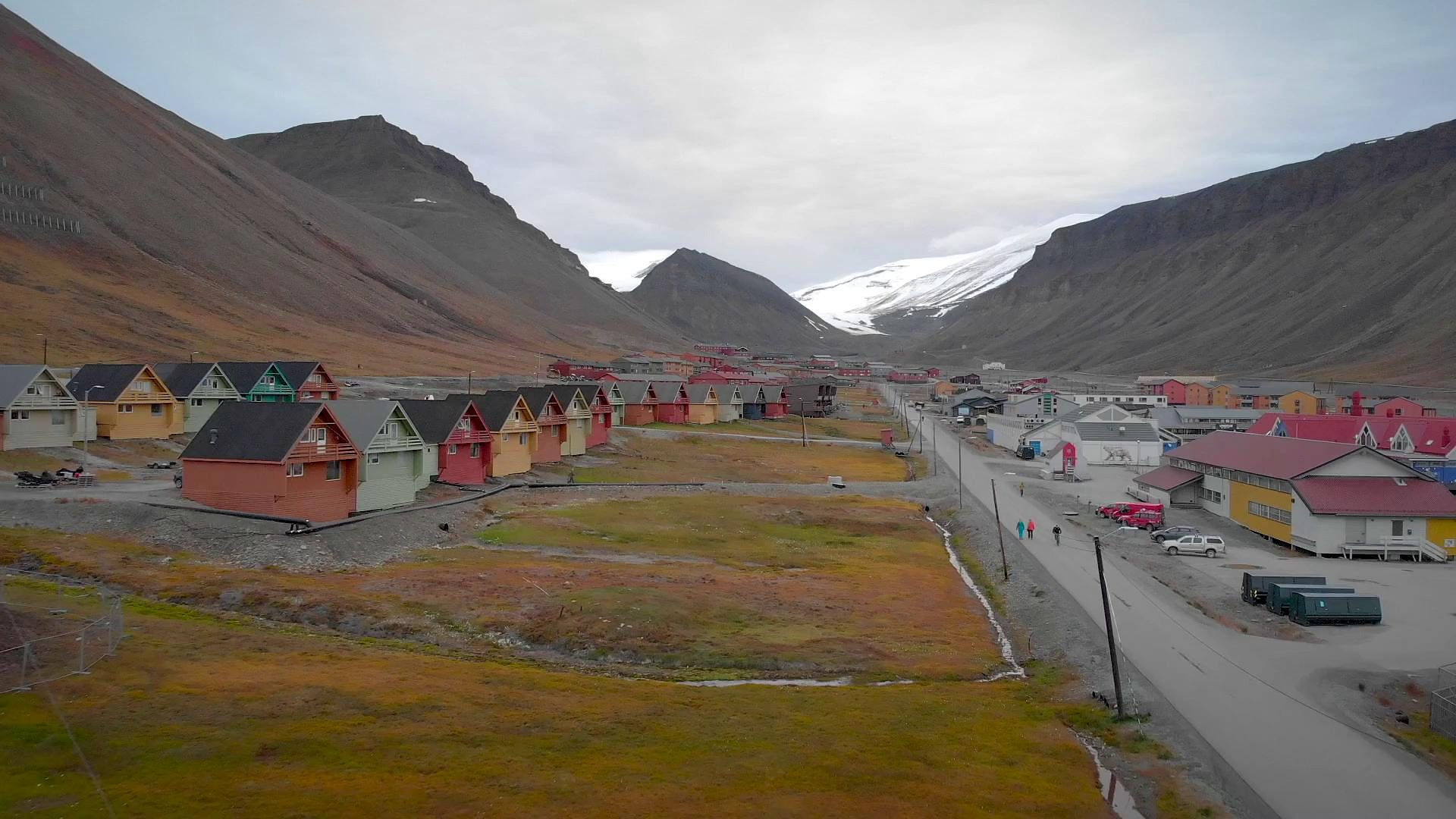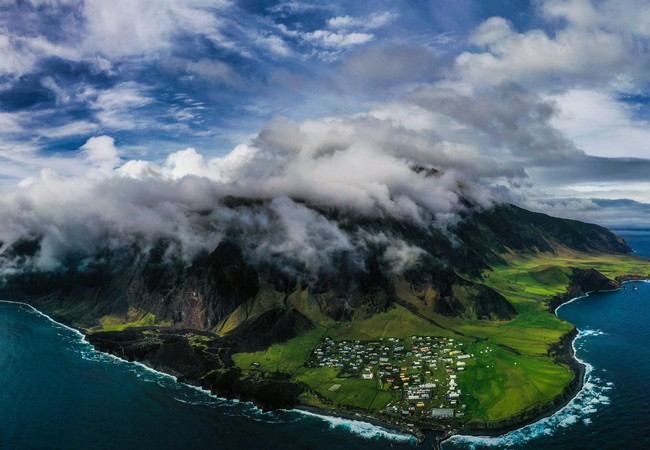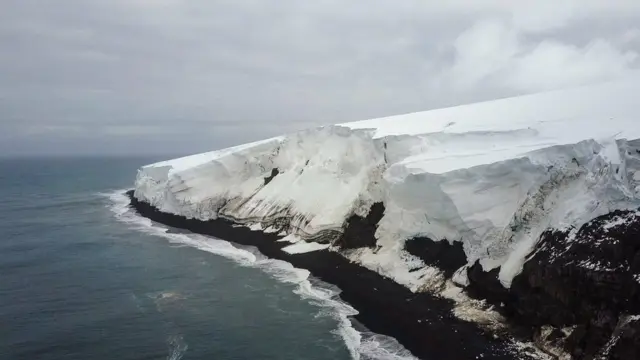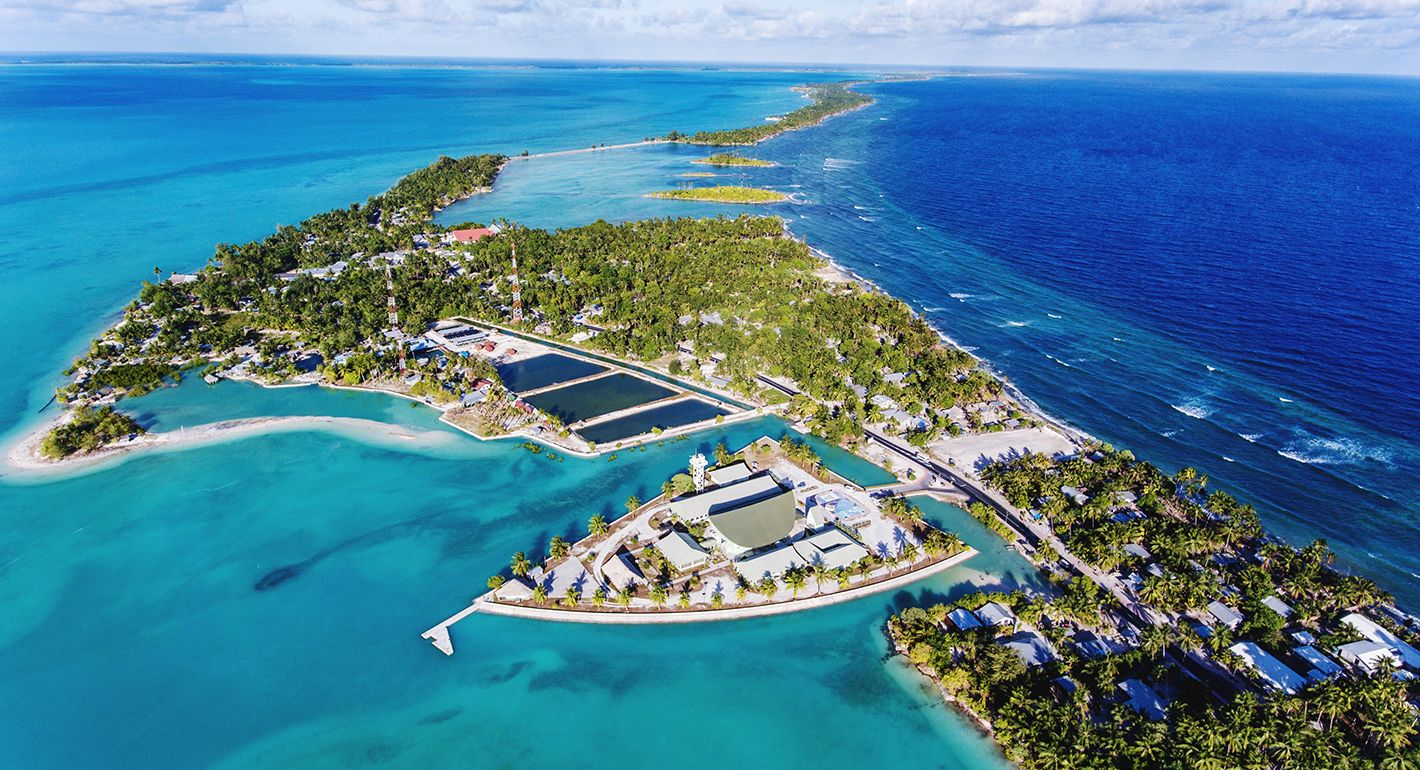solsticeuniversity.com – The American continent, encompassing North America and South America, is characterized by an impressive array of geographical features that shape its climate, ecosystems, and human activities. Stretching from the Arctic regions to the tropical latitudes, the continent is a study in contrasts, offering everything from towering mountain ranges to vast plains and dense forests.
North America: A Land of Diversity
Major Geographical Features
North America is marked by its varied topography, which includes:
- Mountain Ranges: The Rocky Mountains, stretching from Canada through the United States to New Mexico, are one of the continent’s most prominent features. The Appalachian Mountains, located in the eastern part of the continent, are older and more eroded but equally significant in shaping regional climates.
- Plains and Plateaus: The Great Plains, often referred to as “America’s Breadbasket,” are vast grasslands that support extensive agriculture. The Colorado Plateau features unique geological formations, including the Grand Canyon.
- Lakes and Rivers: North America boasts the Great Lakes—Superior, Michigan, Huron, Erie, and Ontario—which are the largest group of freshwater lakes in the world by total area. Major rivers, such as the Mississippi and Missouri, serve as crucial transportation routes and ecosystems.
Climate Zones
North America’s climate is diverse, ranging from the Arctic conditions of northern Canada to the temperate and tropical climates found in the southern regions. The continent experiences:
- Arctic and Subarctic Climates: Characterized by cold temperatures and limited vegetation, these areas include regions of Alaska and northern Canada.
- Temperate Climates: Most of the United States and southern Canada enjoy four distinct seasons, with warm summers and cold winters.
- Tropical Climates: The southernmost parts, particularly Florida and parts of Mexico, experience a tropical climate, characterized by warm temperatures and significant rainfall.
South America: A Geographical Wonderland
Key Features
South America is renowned for its dramatic landscapes, including:
- Andes Mountains: Running along the western edge of the continent, the Andes are the longest mountain range in the world, featuring high peaks like Aconcagua, which rises to over 6,900 meters (22,841 feet).
- Amazon Basin: The Amazon River, the second-longest river in the world, flows through the largest rainforest on the planet. This region is a biodiversity hotspot, home to countless species of flora and fauna.
- Grasslands and Deserts: The Pampas of Argentina are fertile plains ideal for agriculture, while the Atacama Desert in Chile is one of the driest places on Earth, showcasing stark contrasts in climate and geography.
Climate Zones
South America’s climate is equally varied, influenced by its topography and proximity to the equator:
- Tropical Climate: The northern part of the continent, including the Amazon Basin, experiences a tropical climate with high humidity and significant rainfall throughout the year.
- Temperate and Arid Climates: Regions like Patagonia in the south feature a mix of temperate and arid climates, leading to unique ecosystems and weather patterns.
- Highland Climate: The Andes create a highland climate with significant altitude variation, resulting in diverse weather conditions depending on elevation.
Environmental and Ecological Importance
The geography of the American continent supports a rich diversity of ecosystems, which are critical for global biodiversity. The varied climates and topographies contribute to different habitats, from alpine tundra to tropical rainforests. This ecological richness is vital for wildlife conservation and plays a crucial role in regulating the Earth’s climate.
Conclusion
The geography of the American continent is a fascinating interplay of mountains, plains, rivers, and climates that shapes the lives of its inhabitants and the health of its ecosystems. Understanding this complex geography is essential not only for appreciating the natural beauty of the Americas but also for addressing environmental challenges and fostering sustainable development in the region. Whether exploring the snow-capped peaks of the Rockies or the lush landscapes of the Amazon, the American continent offers endless opportunities for discovery and appreciation of its diverse geographical features.




